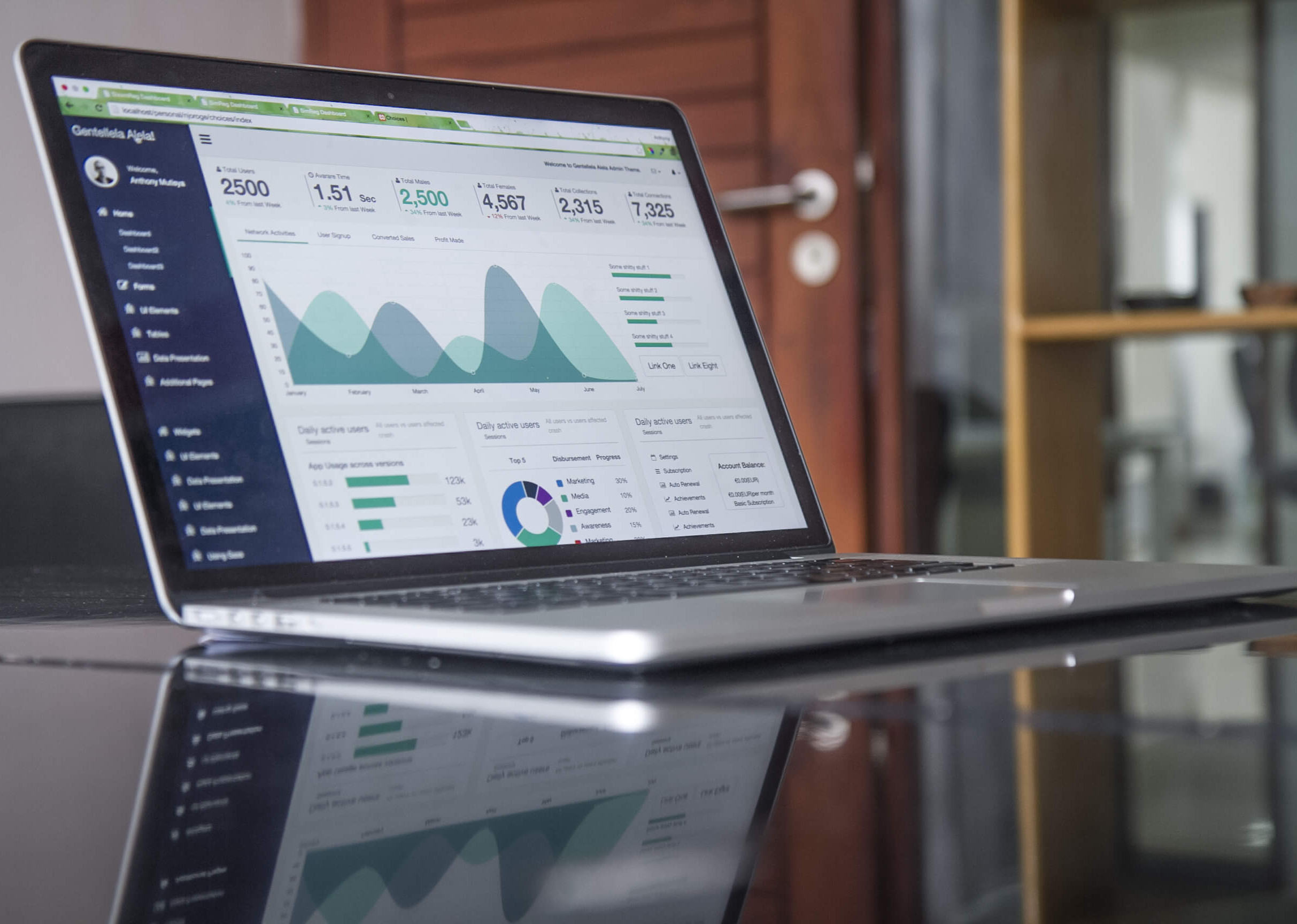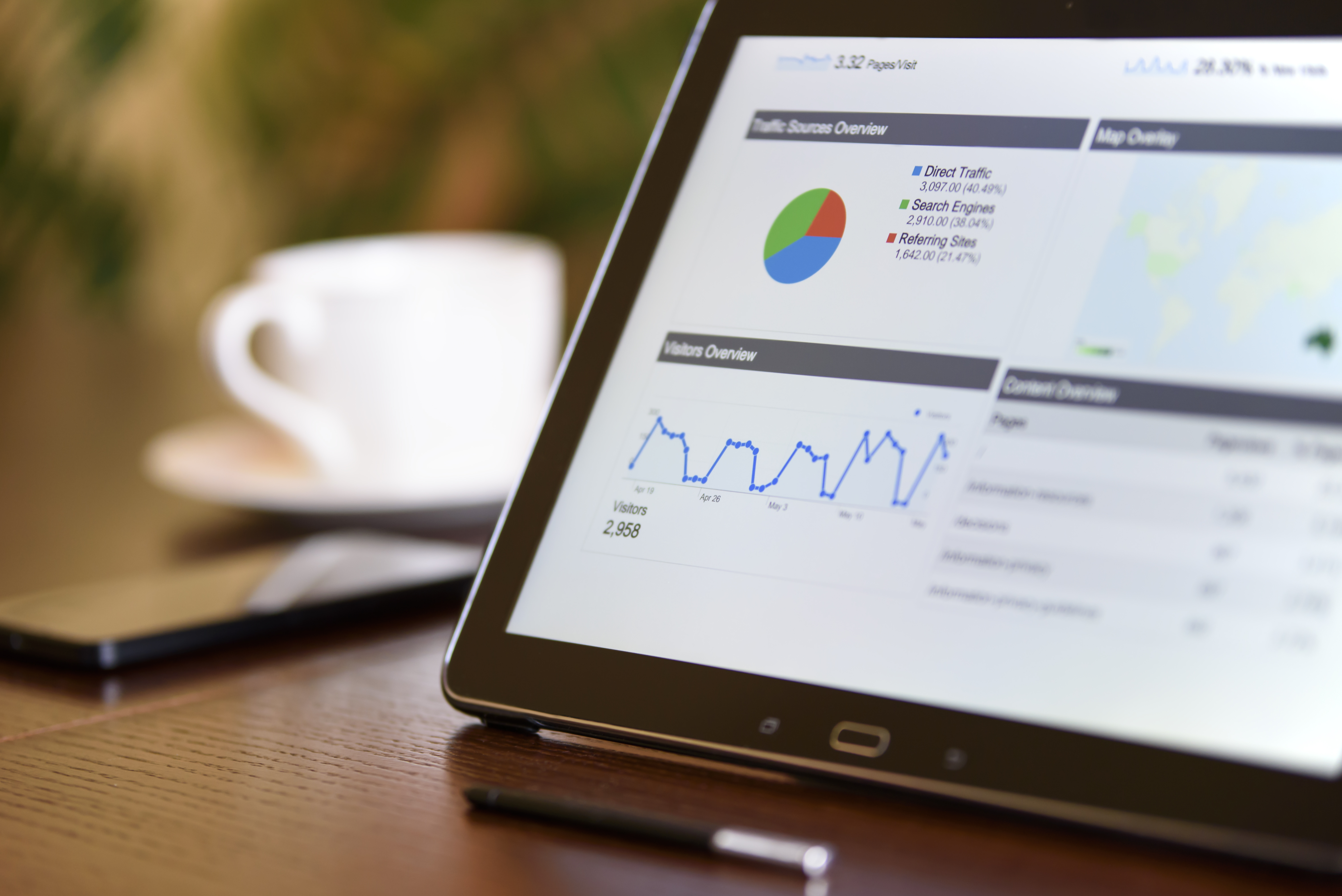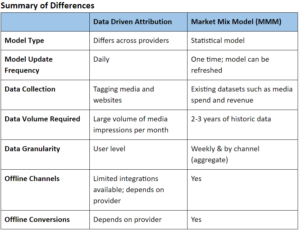Check out this post that I wrote over on Cardinal Path’s blog that discusses finding the right tool for the job:
A few weeks ago, a coworker asked me for some help with a data cleaning task. I consider him to be one of the best Tableau users in our office, and someone I frequent when I get stuck on any Tableau problem. I, on the other hand, am much more comfortable solving problems in the statistical programming language R.
He described what he needed help with: changing underscores to hyphens, changing uppercase to lowercase, and mapping ‘messy’ values with typos to the ‘correct’ values. I started by visualizing the code that I would write for this using R, starting from the functions I would typically use, to the order of the logic. I then asked him what tool he had used to clean the data previously. He answered, “Tableau.”
When all you have is a hammer, everything looks like a nail. His preferred hammer is Tableau, my preferred hammer is R. In this case, the data cleaning was a sort of a one-off task, so the tools were pretty interchangeable. I have another coworker who I’m sure would use Analytics Canvas to solve such a problem, others that would use Excel- there are a plethora of different tools available to choose from.
However, there are many situations where one tool wins as the ‘right’ tool for a job, and using the right tool can lead to extreme time saving. Here are three considerations…
Read on here to get some tips on evaluating what program or tool you should use for a task!










